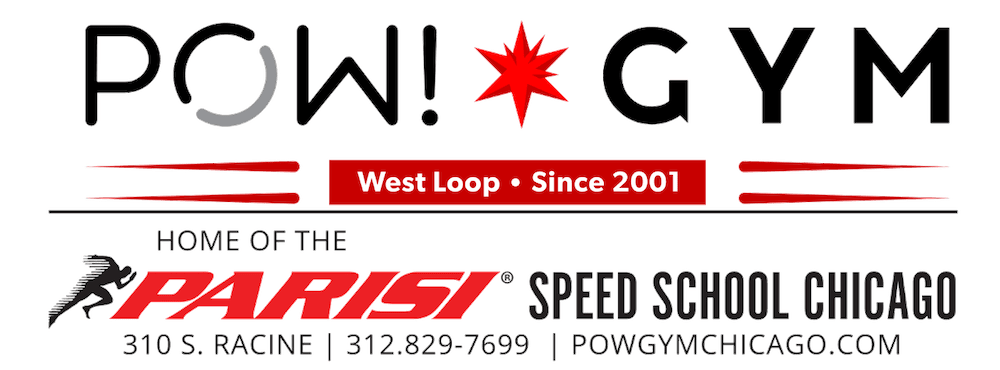
Return to play training is the phase in-between physical therapy and live practice and games. Most athletes struggle to receive this training because it is not covered by insurance. Chicago Parisi Speed School Coaches specialize in this type of training use their expertise in speed mechanics, biomechanics and sports performance training, along with post-rehab exercises for the injury at hand. This knowledge is mostly acquired by working with physical therapists. This relationship is initiated when an athlete is being released from physical therapy.
The steps involved are simple:
- The athlete and parent make an introduction between their physical therapist and the Chicago Parisi Speed School coaching staff. This is done usually by email, but we encourage phone calls as well.
- The physical therapist provides clear instructions on recommended exercises to follow 2, 4 and 6 weeks out from their release. This guidance helps us build an appropriate training session for the athlete. We also ask for movements to avoid 2 weeks from PT ending.
My most common questions include:
When is the athlete ready for running, low-level plyometrics, reactive training, lateral movement, deceleration, and contact? While our training may not include contact, we want to help frame the athlete’s expectations.
This video showcases a football player who was at the end of his PT and transitioning to 'self-care.' The challenge for this athlete was that he was not able to do running and sprint work during his recovery. The first phase of transition for a return to play coach is to get the athlete moving like an athlete again. Additionally, athletes that are willing to follow the proper phases of recovery and rebuild are wonderfully disciplined and understand the big picture. The return the play phase is also a great time for the athlete to learn a lot about themselves. Watch the video to see the various exercises we worked on within the 1st few weeks of his release.
Labrum Injuries in Athletes
Labrum tears in athletes can result from repetitive motions, overuse, trauma, or sudden injuries such as falls or collisions. In the case of football players it is very common for the labrum to tear from contact and falling. Other causes of a labrum tear are:
- Repetitive overhead motions: Sports like baseball, volleyball, and tennis involve repetitive overhead motions, which can strain the shoulder joint and potentially lead to labrum tears.
- Shoulder dislocations: Athletes, especially those in contact sports like football or hockey, are at risk of shoulder dislocations, which can cause labrum tears due to the forceful impact.
- Forceful impacts: Direct blows or falls onto an outstretched arm can cause trauma to the shoulder joint, leading to labral tears.
- Rotational movements: Sports that require frequent rotation of the shoulder, such as swimming, golf, or throwing sports, can also contribute to labrum tears over time due to the strain on the joint.
- Muscle imbalances: Weakness or imbalances in the muscles surrounding the shoulder joint can affect its stability, increasing the risk of labrum tears during athletic activities.
After surgery for a labrum tear, it's crucial to follow a rehabilitation program prescribed by a healthcare professional. The post-surgery phase must be managed and lead by a physical therapist.
Here are three common exercises that may be included in such a program:
- Shoulder Pendulum Exercises: These gentle exercises help improve range of motion and promote healing in the shoulder joint. Stand or sit and lean forward slightly, allowing the affected arm to hang freely. Then, gently swing the arm back and forth, side to side, and in small circles. Start with small movements and gradually increase the range of motion as tolerated.
- Scapular Retraction: This exercise strengthens the muscles around the shoulder blades, which helps stabilize the shoulder joint. Begin by standing or sitting with good posture. Hold a resistance band or cable attachment in front of you at shoulder level with arms slightly bent. Pull the band or cable apart by squeezing your shoulder blades together, then slowly return to the starting position. Perform several repetitions with control.
- Rotator Cuff Strengthening: Strengthening the rotator cuff muscles is essential for shoulder stability and function. One common exercise is the external rotation exercise. Begin by lying on your side with the affected arm bent at the elbow and tucked against your side. Hold a light dumbbell or resistance band in your hand. Keeping the elbow against your side, slowly rotate the forearm outward, away from the body, then return to the starting position. Perform several repetitions, gradually increasing the weight as tolerated.


